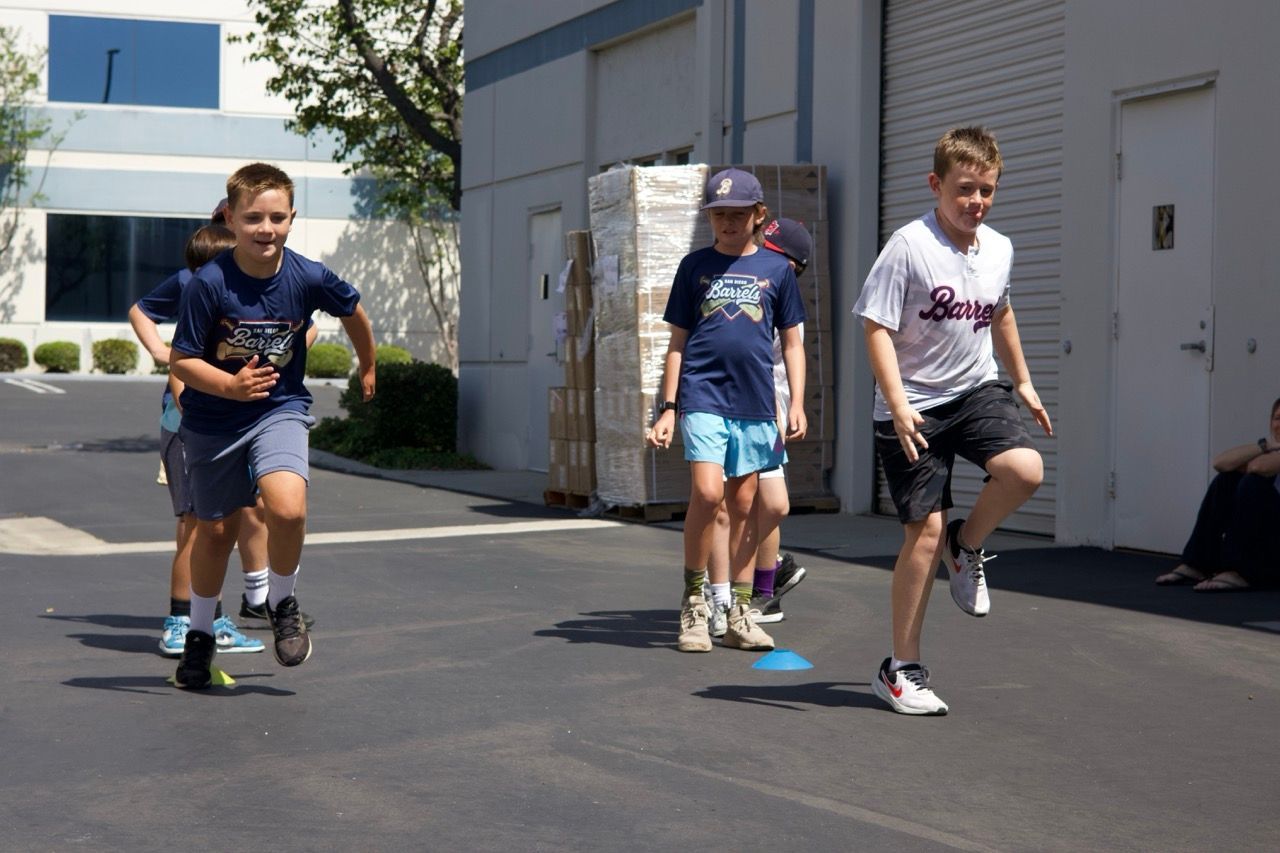As youth athletes grow, their bodies go through rapid changes that can create temporary imbalances in strength, flexibility, and coordination. One of the most common overuse injuries that appears during this stage of development is shin splints—a painful condition along the inner or outer edge of the tibia (shin bone).
Why Shin Splints Occur During Growth
During growth spurts, bones often lengthen faster than muscles and tendons can adapt. This creates tension and uneven pulling forces on the lower leg, especially where the tibialis anterior, soleus, and posterior tibialis muscles attach. The result is increased stress on the shinbone and surrounding connective tissue, leading to inflammation, pain, and stiffness.
Young athletes who suddenly increase training volume or intensity, particularly in running, jumping, or field sports are especially prone to this. The body’s stabilizers (ankle, foot, and hip muscles) may not yet be strong enough to handle the added load or repetitive impact.
The Role of Spikes and Cleats
Footwear plays a major role in both the onset and prevention of shin splints. Spikes and cleats, common in sports like soccer, baseball, football, and track, can create uneven loading and rotational torque through the lower leg. When a young athlete plants or pivots, the cleats grip the ground and prevent natural foot rotation, forcing the torque to travel up into the shin and knee.
If the lower-leg muscles—particularly the tibialis anterior, posterior tibialis, peroneals, and calf complex—are weak or fatigued, that torque can easily irritate the shin and contribute to chronic pain or stress reactions.
This is paragraph text. Click it or hit the Manage Text button to change the font, color, size, format, and more. To set up site-wide paragraph and title styles, go to Site Theme.
Prevention and Strengthening Strategies
1. Gradual Training Progressions
Avoid sudden increases in running distance, intensity, or frequency. Introduce new drills or surfaces (like turf or hard courts) slowly to allow the body to adapt.
2. Strengthening the Lower Leg
Incorporate exercises that target the muscles supporting the foot and ankle, including:
- Tibialis raises (toe lifts against a wall or band)
- Heel walks and toe walks
- Single-leg balance drills on unstable surfaces
- Calf raises (both bent- and straight-knee variations)
- Eccentric calf lowering from a step
3. Mobility and Tissue Care
Tight calf muscles and restricted ankle mobility are common contributors. Regular soft tissue work (foam rolling, massage therapy) and stretching of the calves and shins can reduce tension and improve circulation.
4. Proper Footwear and Surface Awareness
Ensure cleats and spikes fit well and are sport-appropriate. Rotate between supportive shoes and cleats when possible, and avoid extended training on overly hard or uneven surfaces.
5. Hip and Core Stability
Many lower-leg issues originate higher up the kinetic chain. Strengthening the glutes, hip rotators, and core helps maintain alignment and reduce compensations that stress the shins.
When to Seek Help
If pain persists beyond a few days or worsens with activity, it’s important to have a professional assessment. Persistent shin pain could indicate medial tibial stress syndrome or even a stress fracture, both of which require specific care and recovery protocols.
Final Thoughts
Shin splints in youth athletes are often a sign that the body is growing faster than it’s stabilizing. With proper strength training, gradual progressions, and attention to footwear, these injuries can not only be prevented but can become valuable lessons in body awareness and athletic longevity.
At Integrated Movement Therapy Institute (IMTI), we specialize in identifying early movement dysfunctions and developing corrective strategies to keep young athletes strong, balanced, and pain-free. Consistent maintenance leads to greater resilience and stronger athletic performance!





